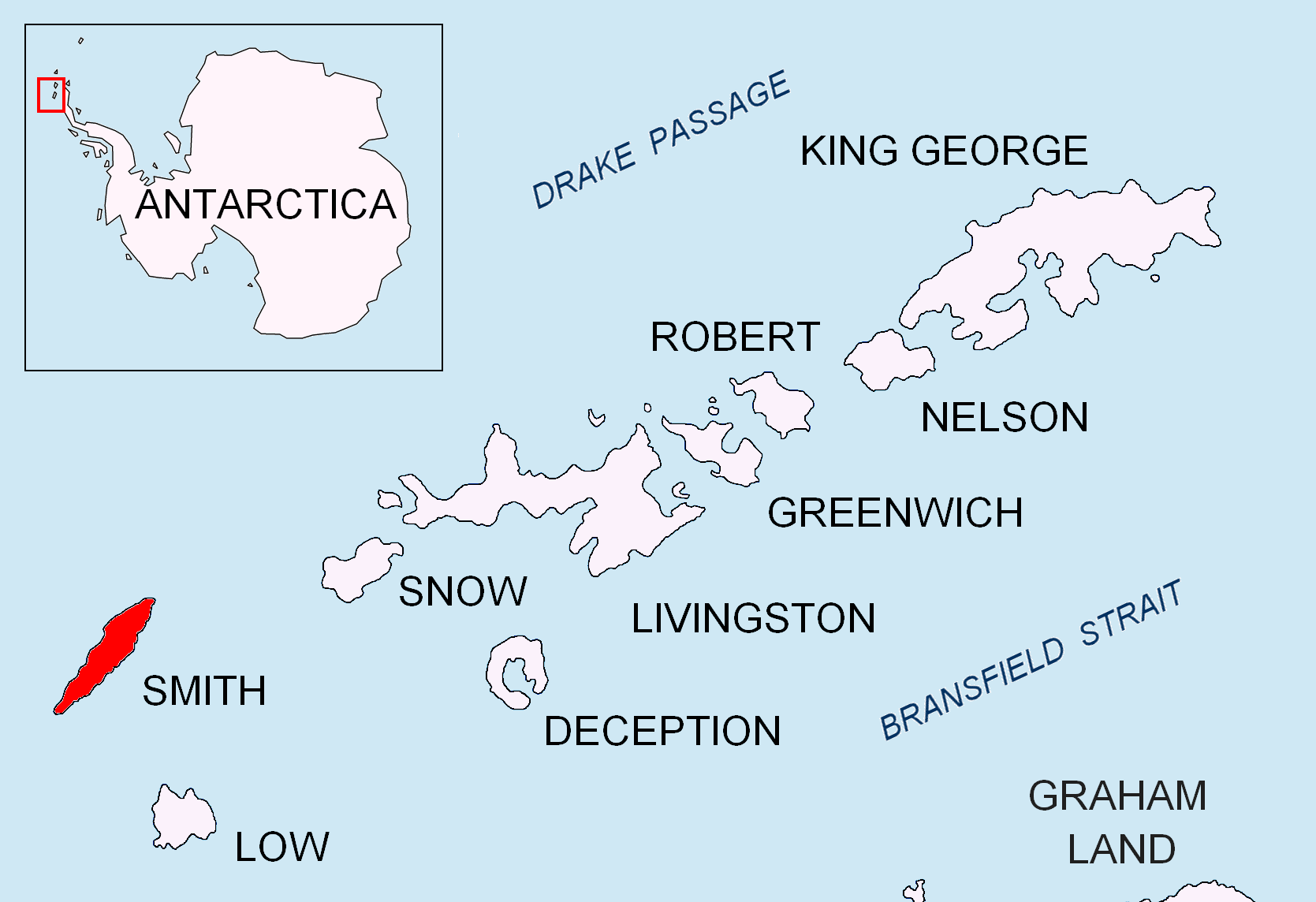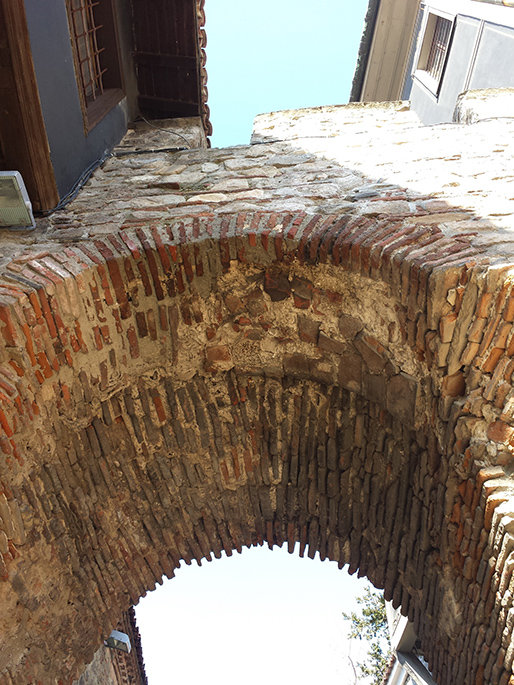|
Hisarya
Hisarya ( bg, Хисаря , also known as ''Hisar'', ''Hissar'' or ''Hissarya'', formerly: Toplitsa) is a small resort town in Bulgaria, in Plovdiv Province. Hisar means 'fort, castle' in Arabic. The word was adopted in Persian and Ottoman Turkish. History The town was founded thousands of years ago probably on account of its hot springs. Some pre-historic remains have been found in what is now the town centre. Later, it became a Thracian city and, when Thrace fell to the Romans and became a Roman province, Hisarya became a Roman town — one of the three most important towns in the province. At times it was called Augusta, Diocletianopolis (after emperor Diocletian), and a couple of other names. It was a famous resort even in those times, which is proved by the fact that emperor Septimius Severus visited the city. Many Roman ruins are visible everywhere — public buildings, a small amphitheatre, the barracks of the Roman garrison, the foundations of a couple of ... [...More Info...] [...Related Items...] OR: [Wikipedia] [Google] [Baidu] |
Diocletianopolis (Thrace)
Diocletianopolis ( el, Διοκλητιανούπολις, bg, Диоклецианопол, "Town of Diocletian") was a magnificent ancient Roman town in the region of Thrace, nowadays the town of Hisarya in Bulgaria. Its impressive remains include the enormous defensive walls which still stand close to their original height for the majority of their circuit. There is an on-site museum for the many objects discovered. The site The Roman city was situated on a terrace with valleys on three sides and centred on hot mineral springs. Today the city's interior lies mostly buried under a green park. Excavations are still uncovering more unknown and impressive parts of the city. History Archaeological discoveries show that the site was inhabited from 6,000 years BC probably due to the many hot mineral springs nearby. Later, a Thracian settlement developed there and in the 5th and 4th centuries BC it became a major market town trading with Greek cities on the northern Aegean as evi ... [...More Info...] [...Related Items...] OR: [Wikipedia] [Google] [Baidu] |
Hisarya Cove
Hisarya Cove ( bg, залив Хисаря, zaliv Hisarya, ) is the 950 m wide cove on the northwest side of Osmar Strait indenting for 500 m the southeast coast of Smith Island in the South Shetland Islands, Antarctica south of Dupnitsa Point and 7.6 km northeast of Cape James. Its head is fed by Letnitsa Glacier. Bulgarian early mapping in 2009. The cove is named after the town of Hisarya in southern Bulgaria. MapsChart of South Shetland including Coronation Island, &c.from the exploration of the sloop Dove in the years 1821 and 1822 by George Powell Commander of the same. Scale ca. 1:200000. London: Laurie, 1822. * L.L. Ivanov. Antarctica: Livingston Island and Greenwich, Robert, Snow and Smith Islands. Scale 1:120000 topographic map. Troyan: Manfred Wörner Foundation, 2010. (First edition 2009. ) South Shetland Islands: Smith and Low Islands.Scale 1:150000 topographic map No. 13677. British Antarctic Survey, 2009. Antarctic Digital Database (ADD).Scale 1:250000 ... [...More Info...] [...Related Items...] OR: [Wikipedia] [Google] [Baidu] |
Plovdiv Province
Plovdiv Province ( bg, Област Пловдив: ''Oblast Plovdiv'', former name Plovdiv okrug) is a province in central southern Bulgaria. It comprises 18 municipalities (общини, ''obshtini'', sing. общинa, ''obshtina'') on a territory of Bulgarian Provinces area and population 1999 — National Center for Regional Development — page 90-91 with a population, as of February 2011, of 683,027 inhabitants. The province is named after its administrative and industrial centre — the city of . Geography [...More Info...] [...Related Items...] OR: [Wikipedia] [Google] [Baidu] |
List Of Cities And Towns In Bulgaria
This is a complete list of all cities and towns in Bulgaria sorted by population. Province capitals are shown in bold. Primary sources are the National Statistical Institute (NSI) and the Bulgarian Academy of Sciences. The largest city is Sofia with about 1.3 million inhabitants and the smallest is Melnik with about 300. Smallest towns are not necessarily larger than all villages as many villages are more populous than many towns, compare Lozen, a large village with more than 6,000 inhabitants. List See also *List of villages in Bulgaria * Nomenclature of Territorial Units for Statistics (NUTS) of Bulgaria *List of cities in the European Union by population within city limits *List of European cities by population within city limits References External links Map main cities in BulgariaaVisitmybulgaria.comMap of Bulgarian towns at BGMaps.com* Veliko Tarnovo of Bulgaria {{DEFAULTSORT:List Of Cities And Towns In Bulgaria Cities A city is a human settlement ... [...More Info...] [...Related Items...] OR: [Wikipedia] [Google] [Baidu] |
Spa Towns In Bulgaria
A spa is a location where mineral-rich spring water (and sometimes seawater) is used to give medicinal baths. Spa towns or spa resorts (including hot springs resorts) typically offer various health treatments, which are also known as balneotherapy. The belief in the curative powers of mineral waters goes back to prehistoric times. Such practices have been popular worldwide, but are especially widespread in Europe and Japan. Day spas and medspas are also quite popular, and offer various personal care treatments. Origins of the term The term is derived from the name of the town of Spa, Belgium, whose name is known from Roman times, when the location was called ''Aquae Spadanae'', sometimes incorrectly connected to the Latin word ''spargere'' meaning to scatter, sprinkle or moisten. Since medieval times, illnesses caused by iron deficiency were treated by drinking chalybeate (iron-bearing) spring water (in 1326, the iron-master Collin le Loup claimed a cure,Medical Hydrology, S ... [...More Info...] [...Related Items...] OR: [Wikipedia] [Google] [Baidu] |
Bulgaria
Bulgaria (; bg, България, Bǎlgariya), officially the Republic of Bulgaria,, ) is a country in Southeast Europe. It is situated on the eastern flank of the Balkans, and is bordered by Romania to the north, Serbia and North Macedonia to the west, Greece and Turkey to the south, and the Black Sea to the east. Bulgaria covers a territory of , and is the sixteenth-largest country in Europe. Sofia is the nation's capital and largest city; other major cities are Plovdiv, Varna and Burgas. One of the earliest societies in the lands of modern-day Bulgaria was the Neolithic Karanovo culture, which dates back to 6,500 BC. In the 6th to 3rd century BC the region was a battleground for ancient Thracians, Persians, Celts and Macedonians; stability came when the Roman Empire conquered the region in AD 45. After the Roman state splintered, tribal invasions in the region resumed. Around the 6th century, these territories were settled by the early Slavs. The Bulgars, led by Asp ... [...More Info...] [...Related Items...] OR: [Wikipedia] [Google] [Baidu] |
DJI VP1
SZ DJI Technology Co., Ltd. or Shenzhen DJI Sciences and Technologies Ltd. ( zh, c=深圳大疆创新科技有限公司, p=Shēnzhèn Dà Jiāng Chuàngxīn Kējì Yǒuxiàn Gōngsī) in full, more popularly known as its trade name DJI, which stands for Da-Jiang Innovations (), is a Chinese technology company headquartered in Shenzhen, Guangdong, backed by several State-owned enterprise, state-owned entities. DJI manufactures commercial unmanned aerial vehicles (drones) for aerial photography and videography. It also designs and manufactures gimbal, camera gimbals, action cameras, camera stabilizers, flight platforms, propulsion systems and flight controller, flight control systems. DJI accounts for around 76% of the world's consumer drone market as of March 2021. Its camera drone technology is widely used in the Music industry, music, television and Film industry, film industries. The company's products have also been used by militaries and police forces, as well as terrorist g ... [...More Info...] [...Related Items...] OR: [Wikipedia] [Google] [Baidu] |
Hisar Kapia
Hisar Kapia is a medieval gate in Plovdiv's old town and one of the most famous tourist sights in the city. The gate was built in the 11th century AD over the foundations of a gate from Roman times (probably from the 2nd century AD). Hisar Kapia is one of the three entrances (Eastern, Northern and Southern) to the acropolis of ancient Plovdiv. During the rule of the Ottoman empire revival houses were embedded in the remains of the old stone walls around the gate.Strandel, Leslie/Patrick Erdley (2012): "Bulgaria (Other Places Travel Guide)", 234 History The first gate on this place was built in the 2nd century AD. In the 6th century during the rule of Justinian the fortification system of the ancient town was expanded and the gate was strengthened. Archeologist suggest that only the foundations of the ancient Roman gate were preserved. The current structure of Hisar Kapia was formed in the Middle Ages (13th - 14th century AD). A construction technique typical from the Second Bulg ... [...More Info...] [...Related Items...] OR: [Wikipedia] [Google] [Baidu] |
Thrace
Thrace (; el, Θράκη, Thráki; bg, Тракия, Trakiya; tr, Trakya) or Thrake is a geographical and historical region in Southeast Europe, now split among Bulgaria, Greece, and Turkey, which is bounded by the Balkan Mountains to the north, the Aegean Sea to the south, and the Black Sea to the east. It comprises southeastern Bulgaria (Northern Thrace), northeastern Greece (Western Thrace), and the European part of Turkey ( East Thrace). The region's boundaries are based on that of the Roman Province of Thrace; the lands inhabited by the ancient Thracians extended in the north to modern-day Northern Bulgaria and Romania and to the west into the region of Macedonia. Etymology The word ''Thrace'' was first used by the Greeks when referring to the Thracian tribes, from ancient Greek Thrake (Θρᾴκη), descending from ''Thrāix'' (Θρᾷξ). It referred originally to the Thracians, an ancient people inhabiting Southeast Europe. The name ''Europe'' first referred to ... [...More Info...] [...Related Items...] OR: [Wikipedia] [Google] [Baidu] |
Diocletian
Diocletian (; la, Gaius Aurelius Valerius Diocletianus, grc, Διοκλητιανός, Diokletianós; c. 242/245 – 311/312), nicknamed ''Iovius'', was Roman emperor from 284 until his abdication in 305. He was born Gaius Valerius Diocles to a family of low status in the Roman province of Dalmatia. Diocles rose through the ranks of the military early in his career, eventually becoming a cavalry commander for the army of Emperor Carus. After the deaths of Carus and his son Numerian on a campaign in Persia, Diocles was proclaimed emperor by the troops, taking the name Diocletianus. The title was also claimed by Carus's surviving son, Carinus, but Diocletian defeated him in the Battle of the Margus. Diocletian's reign stabilized the empire and ended the Crisis of the Third Century. He appointed fellow officer Maximian as ''Augustus'', co-emperor, in 286. Diocletian reigned in the Eastern Empire, and Maximian reigned in the Western Empire. Diocletian delegated further on ... [...More Info...] [...Related Items...] OR: [Wikipedia] [Google] [Baidu] |








